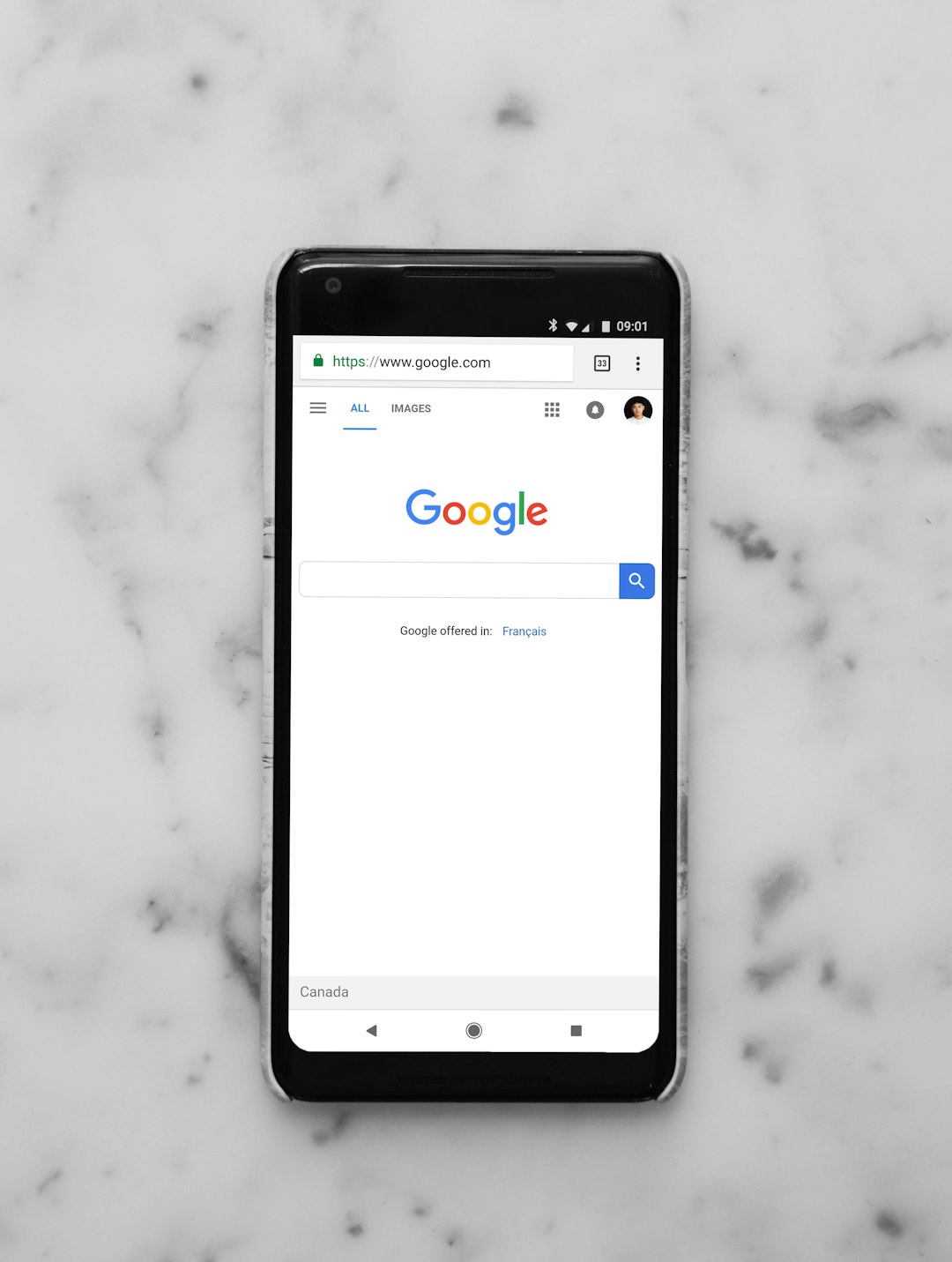For years, Google Assistant has been a staple in the realm of smart home automation and personal productivity. From setting timers to dimming smart lights, its always-on capability has made everyday tasks smoother and more efficient. But users have frequently hit a roadblock when there’s no internet connection. A simple command like “Turn on the flashlight” would fail if it couldn’t ping Google’s servers. That limitation, once accepted as a norm, has now been challenged thanks to new strides in on-device processing and something known as model cache regeneration.
TL;DR:
Until recently, Google Assistant required internet access for nearly all commands—even basic ones like opening apps or playing music stored on your device. With advances in on-device processing and the integration of model cache regeneration, offline functionality has become possible. This change offers significant improvements in speed, privacy, and reliability. Although not all features are available offline yet, the move marks a new chapter for smart assistants focused on edge-based AI capabilities.
The Constraints of Cloud-Dependent AI
Before diving into the transformational impact of model cache regeneration, it’s important to understand why Google Assistant—and most virtual assistants—have historically relied so heavily on the cloud. Here are some primary reasons:
- Natural Language Processing (NLP) complexity: Understanding human speech involves a series of complex computations such as intent recognition, context analysis, and real-time response generation, which require significant processing power.
- Data centralization: Cloud-based architectures allowed seamless integration of data from user profiles, preferences, and historical queries to create contextual answers.
- Updates and improvements: Central servers could be updated frequently, improving Assistant performance over time without requiring device-side changes.
However, this design came with some serious drawbacks. Users routinely encountered errors when offline, even when requesting tasks that didn’t require external data. Commands like starting a phone call or toggling Bluetooth would prompt a discouraging “Sorry, I can’t help with that right now” message.
Introducing On-Device Processing
Google began shifting gears with the introduction of on-device AI models over the past few years, particularly with Pixel smartphones. This allowed specific commands to be parsed and responded to directly on the phone without routing the request to Google’s servers.
The 2021 announcement of the new Google Assistant architecture with TPU integration showed that some voice recognition models could be compressed enough to live and function on local chips. Despite the technological milestone, this implementation faced limitations:
- Only select phrases and use cases were supported offline
- Performance varied drastically between device models
- Updates to language understanding had to be manually delivered
That’s where model cache regeneration changes the game.
What is Model Cache Regeneration?
Model cache regeneration refers to a process where compressed, optimized machine learning models are periodically updated and rebuilt on-device based on usage patterns and contextual learning. In contrast to static model downloads, this technology creates a dynamic pipeline where the AI assistant refines itself using cached previous interactions, even in offline mode.

This technology acts as a form of “local intelligence,” enabling voice-based interfaces to understand repeated commands without requiring internet verification. Key elements include:
- Contextual reuse: The assistant learns what commands you commonly issue and prioritizes those in its local model.
- Semantics caching: Instead of caching raw voice or command data, it stores semantic patterns, reducing space and increasing privacy.
- Selective regeneration: Only outdated or infrequently used sections of the model are replaced, conserving device resources and extending battery life.
The Role of Hardware Acceleration
Devices like the Google Pixel 6 and newer are equipped with custom-built Tensor Processing Units (TPUs) that facilitate real-time neural computations. These chips are specifically designed to accelerate machine learning tasks, making it feasible to interpret and respond to natural language queries locally.
This hardware-software synergy has enabled impressive features such as:
- Offline transcription in Google Recorder app
- Real-time translation during calls and conversations
- On-device spam call detection
By drawing from these advancements, Google Assistant’s functionality can now extend much further into offline territory. This isn’t just a tech upgrade—it’s a usability revolution.
What Works Offline Today?
With model cache regeneration fully in play, here is a list of tasks Google Assistant can now perform without a data connection:
- Launching local apps (“Open Calendar”)
- Enabling or disabling Wi-Fi/Bluetooth/Airplane Mode
- Controlling volume and display settings
- Setting alarms and timers
- Sending pre-saved text messages
- Playing locally stored music
- Providing responses to cached context-based questions (“What did I say earlier about groceries?”)

Conversations and commands that fall under these categories are processed through locally regenerated NLP models, matched via semantic cues previously established during online interactions. Over time, this cache becomes smarter and more personalized.
Impacts and Implications
The ability for a voice assistant to operate offline has far-reaching consequences beyond mere convenience. Consider the following benefits:
- Privacy: No need to send voice recordings to cloud servers means reduced surveillance and data intrusion.
- Speed: Commands execute faster because there’s no latency from server communication.
- Reliability: Voice assistants become functional in remote areas or during outages, enhancing accessibility.
In professional or enterprise settings, this could be a game-changer. Think of emergency response workers or maintenance staff in isolated environments—offline voice capabilities mean they stay efficient where it previously wasn’t possible.
Challenges That Remain
Despite significant progress, full autonomy remains an aspiration. Google Assistant still requires an internet connection for:
- Complex queries requiring real-time data (e.g., weather updates, stock prices)
- Interacting with smart devices that depend on cloud APIs
- Performing searches or retrieving documents stored in the cloud
As ML model compression improves and device hardware continues to evolve, the line between online and offline voice interaction will likely blur further.
The Road Ahead
Google is not alone in this endeavor—Amazon and Apple are also exploring similar routes with Alexa and Siri. However, Google’s aggressive push with TPU-powered smartphones and real-time model updates gives it a solid head start.
We can expect future developments such as:
- Federated on-device learning to customize Assistant behavior without sharing user data
- Smarter ambient context handling (e.g., understanding whispered commands at night)
- Cross-device offline syncing—training one device and distributing the model cache to others via Bluetooth or Local Area Network
Conclusion
The integration of model cache regeneration into Google Assistant marks a pivotal moment in the evolution of AI-powered voice interfaces. By moving processing power to the edge and personalizing functionality through adaptive offline caching, Google has opened the doors to a faster, safer, and always-available assistant experience. While there’s still a long way to go, we’re witnessing the first steps toward truly standalone AI interaction—and it’s both exciting and empowering.



Leave a Reply